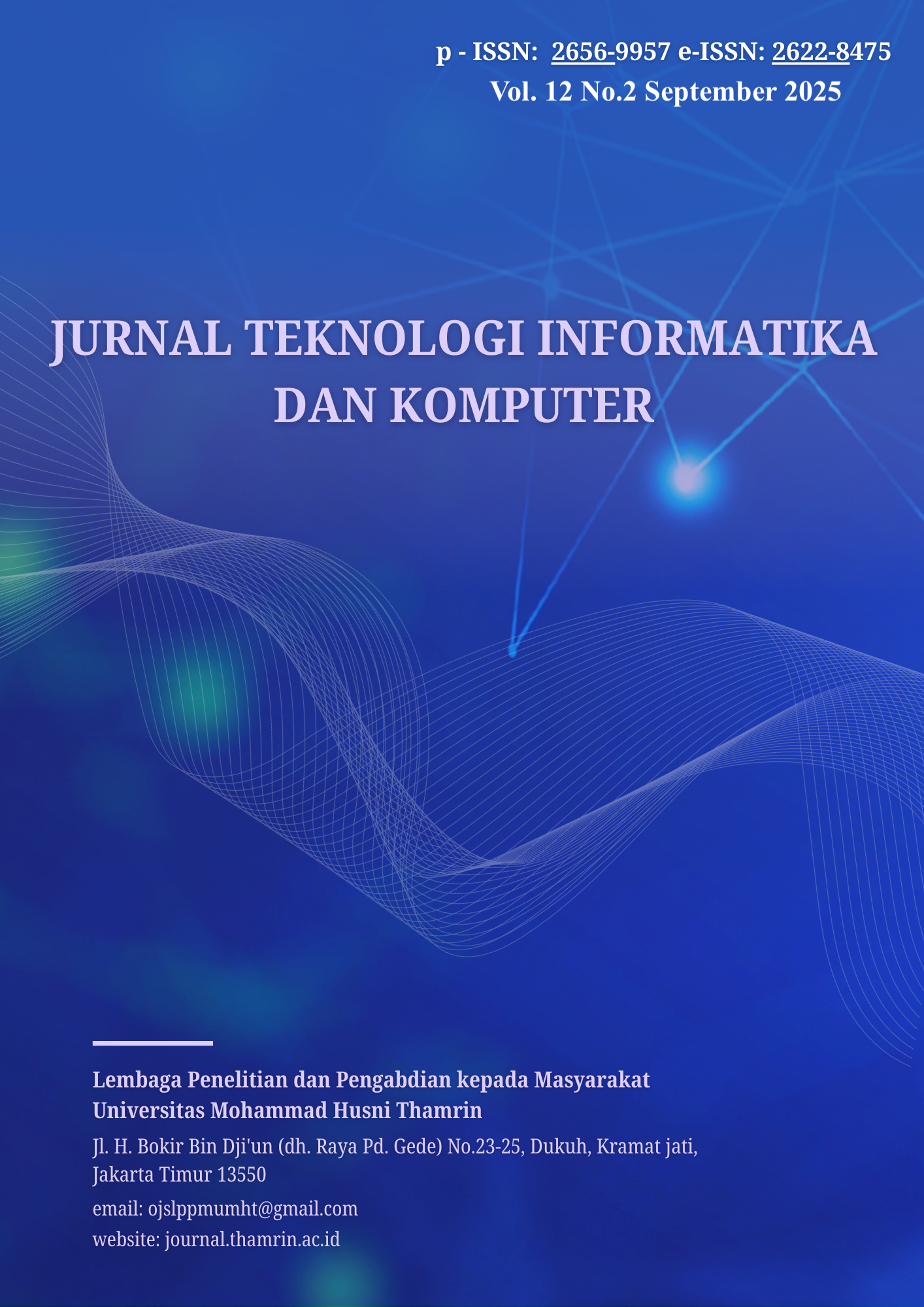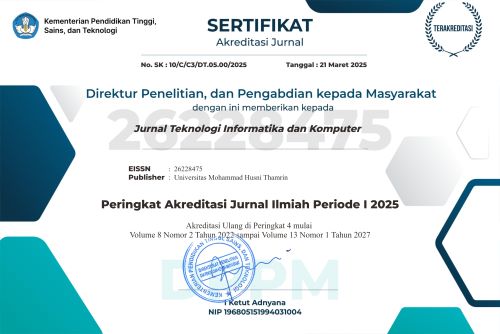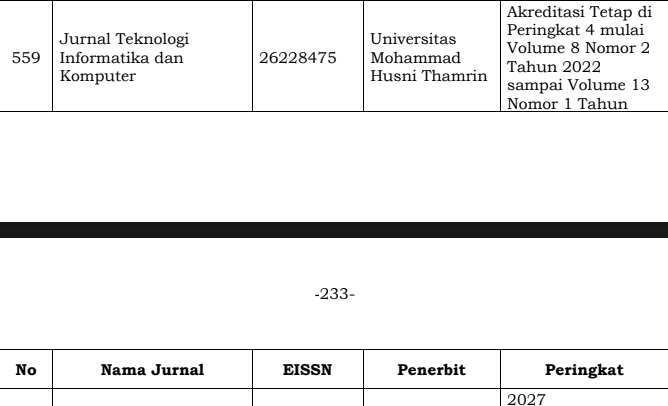Serverless Computing: A Comparative Analysis of Cloud Run and Cloud Function Prices on Google Kubernetes Engine Cluster Node Management Google Cloud
DOI:
https://doi.org/10.37012/jtik.v11i2.2780Abstract
The advancement of cloud computing technology has revolutionized the way companies build and deploy applications, offering unprecedented flexibility, scalability, and efficiency. One of the most significant innovations in this space is serverless computing, which allows developers to build and run applications without managing the underlying server infrastructure. This model fundamentally changes the application development paradigm, shifting from static resource allocation to an event-driven model where resources are consumed only when needed (Sharma et al., 2021). The increasing adoption of serverless architectures has driven the need for detailed cost optimization strategies, particularly for automated infrastructure management tasks. This study examines the operational cost efficiency between Google Cloud Run and Google Cloud Functions. The study addresses the common need for programmatically managing cluster nodes within Google Kubernetes Engine. Solutions are developed and implemented using both serverless services to perform representative cluster management operations. A comprehensive analysis of pricing models, including resource consumption and invocation costs, is performed. Significant differences in operational costs are observed for this specific infrastructure automation scenario. The findings of this study provide clear guidance for architects and developers looking to minimize cloud spending through selecting the right platform.
Downloads
Published
Issue
Section
Citation Check
License
Copyright (c) 2025 Christian Bayu Anggoro Putra, Dimas Prasetyo Tegar Asmoro, Akmal Budi Yulianto

This work is licensed under a Creative Commons Attribution 4.0 International License.
Jurnal Teknologi Informatika dan Komputer allows readers to read, download, copy, distribute, print, search, or link to the full texts of its articles and allow readers to use them for any other lawful purpose. The journal allows the author(s) to hold the copyright without restrictions. Finally, the journal allows the author(s) to retain publishing rights without restrictions Authors are allowed to archive their submitted article in an open access repository Authors are allowed to archive the final published article in an open access repository with an acknowledgment of its initial publication in this journal.

Jurnal Teknlogi Informatika dan Komputer is licensed under a Creative Commons Attribution 4.0 International License.












